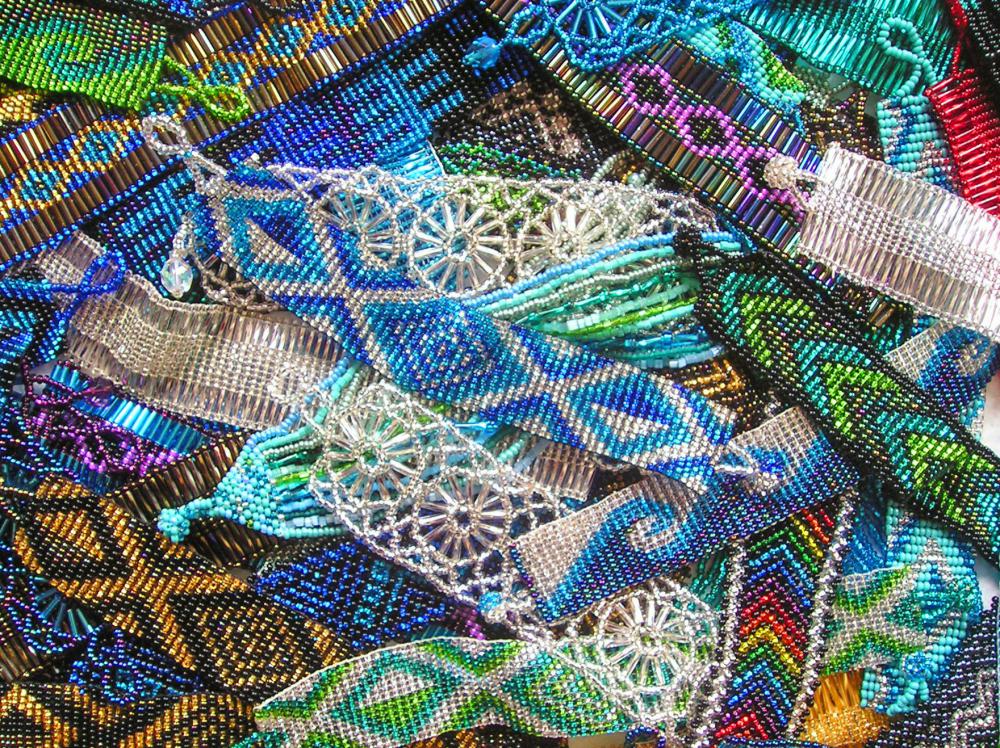At WiseGEEK, we're committed to delivering accurate, trustworthy information. Our expert-authored content is rigorously fact-checked and sourced from credible authorities. Discover how we uphold the highest standards in providing you with reliable knowledge.
What are the Different Types of Needlework Needles?
Needlework needles may be one of four types of specialty needles, all of which are employed in a variety of ways. Crewel or embroidery needles have a sharp point and a long eye. The larger chenilles are made for embroidering with thicker material. Tapestry needles, in the same sizes as chenilles, are heavy needles with a blunt tip. Long, thin beading needles are made with beading and sequin work in mind.
Needlework Needles for Crewel or Embroidery. When choosing needlework needles for crewel or embroidery, the size of the material to be drawn through the eye is an important factor. Crewel or embroidery needles are sharp, medium-length needles that can be threaded with several strands of embroidery floss at once.

The larger chenilles are designed to accommodate thicker yarns. Like crewels, they are sharp, but they are heavier and have a longer, wider eye, as you might expect. They are also useful for ribbon embroidery because the ribbon can pass through the eye without folding up. Tapestry needles are a good choice for thread-counting embroidery. Shaped like chenilles, but with a blunt point, they are used for openwork, for example.

Another factor to consider when choosing needlework needles is the fabric, which will, of course, depend on the particular craft you are practicing. A sharper needle is required to pierce tightly woven fabric. A blunter tip will do for a looser common weave fabric like burlap or an even-weave fabric like Aida cloth.
Needlework Needles for Needlepoint, Canvaswork, or Tapestry. The term tapestry originally referred to material woven on the loom. It is now used, particularly in British English, to refer to the craft called needlepoint or canvaswork, which is worked on a preformed textile base. Designed to pull yarn through one of several types of open-weave canvas, these needles are available in sizes from the heavy #13 to the tiny #26, and with their large eye and blunt point, they are well-suited to the task. Easy to thread, with little danger of piercing the canvas threads, these needles are sized to fit the smaller holes of Penelope canvas as well as the large holes of rug canvas.

Needlework Needles for Beading. Depending on the particular project, beads may be attached to each other only, or to a cloth, using a needle and some kind of thread, wire, or elastic. Beading needles may be pointed or ballpoint and straight or curved. The size of the beads and the thread will help determine the needle size, which, as with tapestry needles, is lower when the needle is thicker and higher when it is thinner.
AS FEATURED ON:
AS FEATURED ON:













Discuss this Article
Post your comments